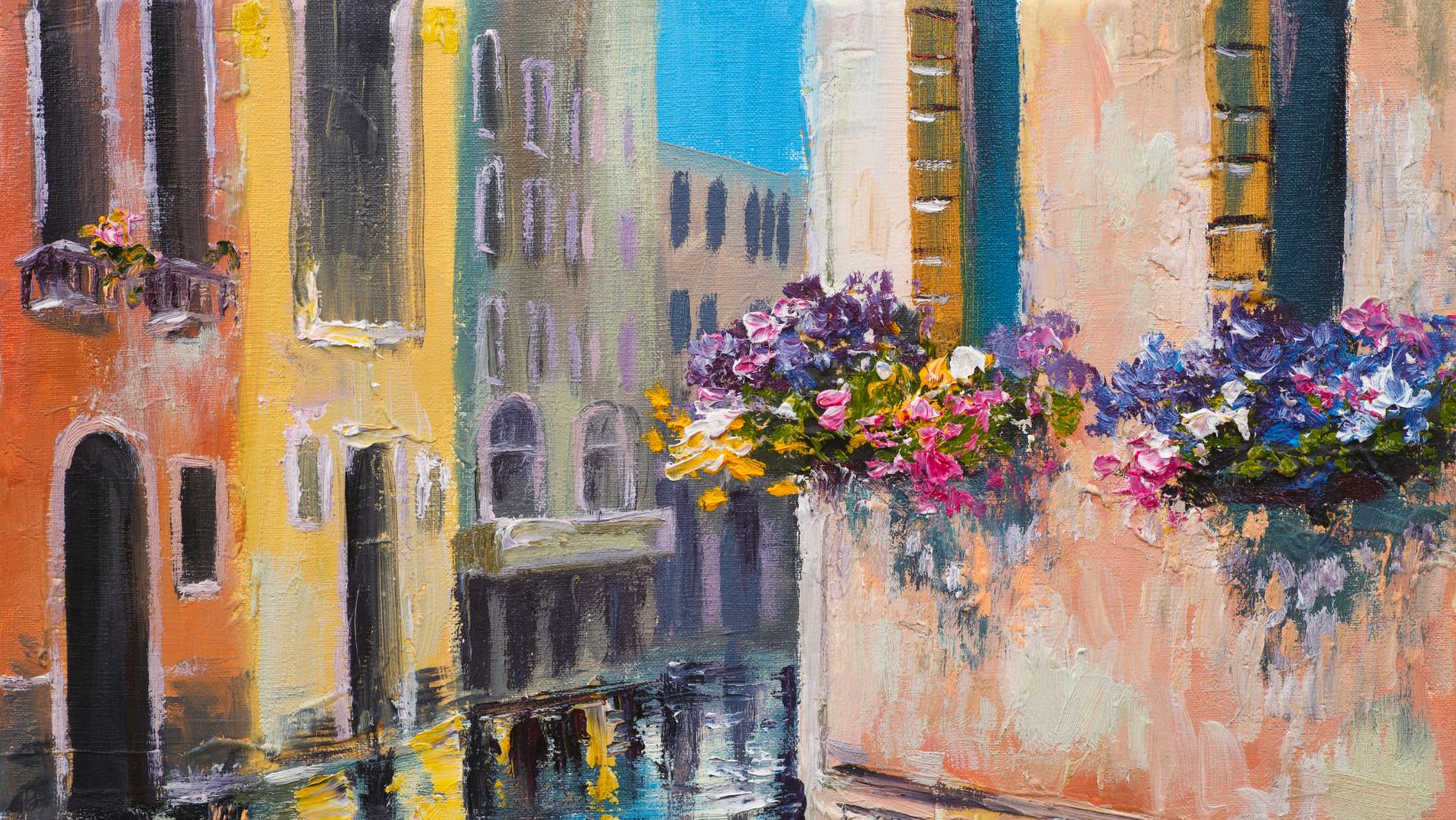Nestled in the heart of London, the National Gallery stands as a beacon of artistic heritage and cultural history. Home to over 2,300 masterpieces, this iconic institution showcases an unparalleled collection of paintings from the 13th to the 19th centuries. Visitors from around the globe flock to its grand halls to witness the brilliance of artists like Van Gogh, Da Vinci, and Turner.
National Gallery London Famous Paintings

The National Gallery offers a vast collection spread over 66 rooms. Visitors can explore works from different periods and styles, each room curated to provide a cohesive narrative. This structure helps appreciate the evolution of art through the centuries.
In Room 43, works by Vincent Van Gogh, including “Sunflowers,” showcase his unique brushwork and emotional depth. Moving to Room 83, Leonardo da Vinci’s “The Virgin of the Rocks” highlights his mastery of chiaroscuro and anatomical precision.
Rooms 15 and 34 house J.M.W. Turner’s “Fighting Temeraire” and John Constable’s “The Hay Wain,” respectively. These iconic English paintings illustrate the shift towards Romanticism and landscape art.
History Of The National Gallery

The National Gallery, established in 1824, began with a modest collection of 38 paintings. A pivotal moment occurred when the British government acquired these artworks from banker John Julius Angerstein.
Initially housed in Angerstein’s townhouse, the Gallery soon moved to its permanent location in Trafalgar Square in 1838. Designed by architect William Wilkins, the building has undergone multiple expansions to accommodate an ever-growing collection.
Today, the National Gallery holds over 2,300 paintings spanning from the 13th to the 19th century. Significant events, such as the 1941 evacuation of artworks during World War II, underscore its historical importance. Key acquisitions, including Joseph Mallord William Turner’s bequest in 1856, have enriched the Gallery’s offerings.
Top Famous Paintings
The National Gallery in London features many iconic artworks. These pieces include both Renaissance masterpieces and Impressionist gems.

1. Van Gogh’s “Sunflowers”
This painting, created in 1888, showcases Van Gogh’s use of vibrant yellows. It’s part of a series celebrating the beauty of life.
2. Da Vinci’s “The Virgin of the Rocks”
Leonardo da Vinci completed this work around 1483-1486. It exemplifies the artist’s skill in capturing human emotion and nature’s complexity.
3. Turner’s “The Fighting Temeraire”
J.M.W. Turner painted this masterpiece in 1839. It depicts a warship being towed for scrap, symbolizing the end of an era.
4. Botticelli’s “Venus and Mars”
Sandro Botticelli painted this around 1485. It portrays the goddess Venus and the god Mars resting in a forest, representing love and war.
5. Velázquez’s “Rokeby Venus”
Diego Velázquez created this around 1647-1651. The painting depicts the goddess Venus lying on a bed, gazing into a mirror.
6. Seurat’s “Bathers at Asnières”
Georges Seurat completed this painting in 1884. It features Parisians bathing in the Seine, rendered in pointillist technique.
Each masterpiece embodies its creator’s unique style. These paintings collectively span centuries of artistic innovation, offering viewers a snapshot of historical artistry.
Hidden Gems At The National Gallery

Beyond the renowned masterpieces, the National Gallery boasts several hidden gems that captivate visitors. Carlo Crivelli’s “The Annunciation, with Saint Emidius” (1486) exemplifies the detailed iconography of the Renaissance, featuring vivid colors and intricate architectural elements. Another lesser-known wonder is Georges de La Tour’s “Saint Joseph the Carpenter” (1642), a Baroque piece that uses chiaroscuro to highlight the tender relationship between Joseph and the child Jesus.
El Greco’s “Christ Driving the Traders from the Temple” (1600) stands out with its dramatic religious theme and distinctive elongated figures. Jean-Siméon Chardin’s “The Young Schoolmistress” (1736) offers a tranquil scene from 18th-century French domestic life, exuding elegance and simplicity.
These hidden gems provide a deeper appreciation for the diversity and richness of the National Gallery’s collection, reflecting various artistic movements and historical periods. They invite viewers to explore beyond the famous works and discover the exceptional talent that permeates the entirety of the museum.

